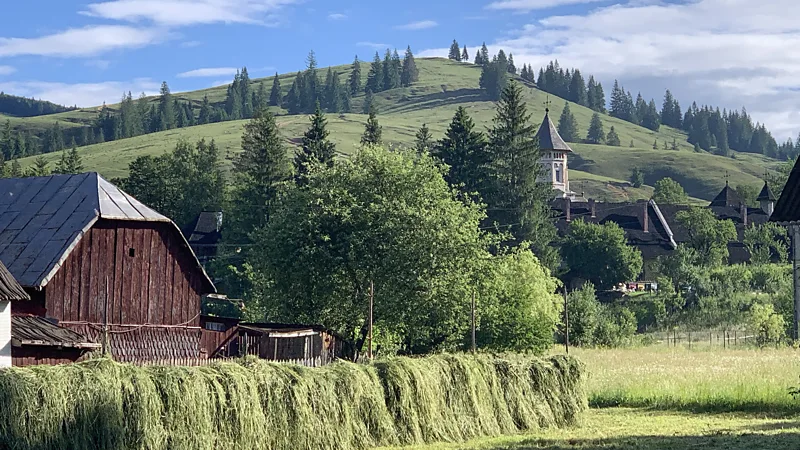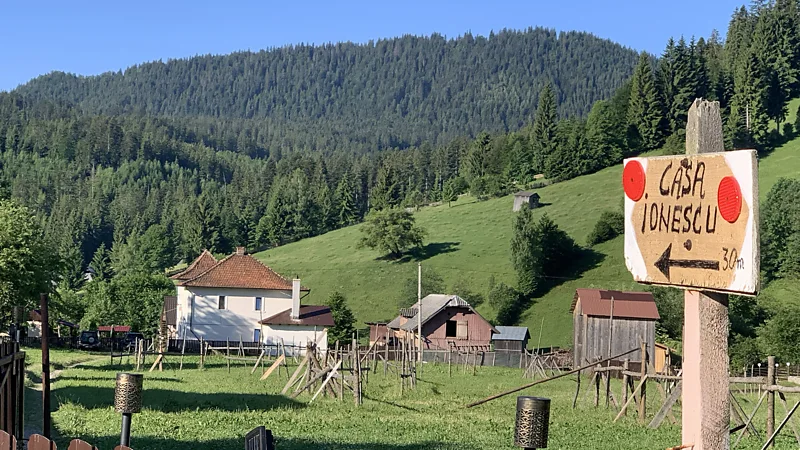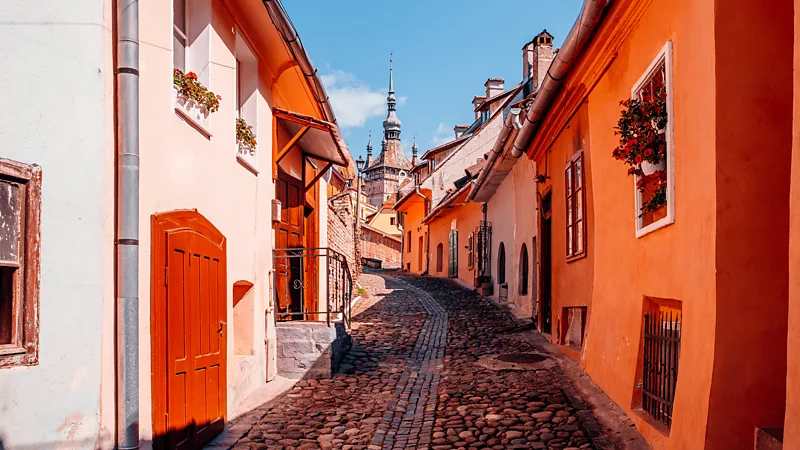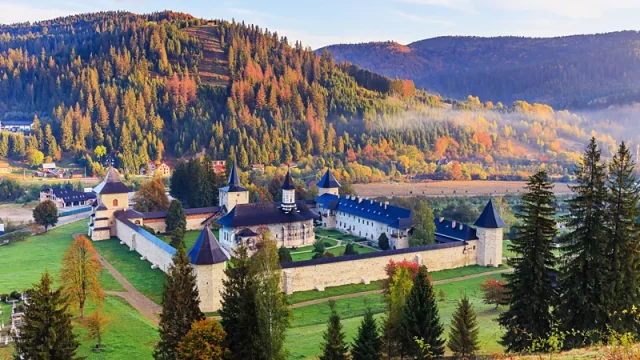Introduction
The Via Transilvanica is a remarkable 1,400km hiking trail that traverses the wilds of Eastern Europe, specifically Romania. This path links some of the most traditional landscapes and communities in Europe, passing through 12 UNESCO World Heritage sites. Whether you’re drawn by the rugged beauty, cultural heritage, or the sheer challenge, the Via Transilvanica offers an unforgettable experience.
The Journey Begins
A Challenging Start
About a third of the way into a 23km day hike, I began to worry about my water supply. After replenishing at the Painted Monastery in Sucevița, a steep climb quickly depleted my resources. Emerging from the forest into the rolling high pasture, the Bucovina highlands offered a magnificent view, but no immediate sign of water or livestock.
Finding Water and Hospitality
Continuing along the trail, I eventually found a tap labeled “apa potabile” (drinking water) near a makeshift shelter. Here, I met Cosma, a friendly shepherd who offered me water and hospitality, including homemade apple brandy and a hearty meal prepared by his mother. Such moments of kindness and cultural exchange are the essence of hiking the Via Transilvanica.
Hiking the Via Transilvanica
Well-Marked Trails and Accommodation
The Via Transilvanica is well-marked and mapped, with the trail guide breaking it into manageable stages of 15-25km. The trail primarily follows cart tracks and well-trodden footpaths. Guesthouses, usually owner-run with a few rooms and camping options, provide accommodation along the route. Booking in advance is essential, especially for meals. Prices range from 120-150 lei (£20-25) per night, with dinner costing around 50 lei (£8.50) and breakfast 30 lei (£5).

Cultural and Natural Richness
Launched two years ago and already a recipient of the Europa Nostra Award, the trail weaves through traditional landscapes rich in bears, wolves, and rural communities. These communities maintain age-old practices such as hand-scything hay, using horse-drawn carts, and growing their own food. The Via Transilvanica also connects 18 different ethnic and cultural regions, earning it the nickname “the road that unites.”
Exploring Bucovina
Bucovina’s Painted Monasteries
Starting at the northeastern point in Bucovina, known for its UNESCO-registered Painted Monasteries, the trail offers a blend of spiritual and natural beauty. The orange T symbol on a white circular background guides hikers through beech and conifer forests.
Local Hospitality and Unique Cuisine
Each night, I stayed at a guesthouse in a different village, experiencing local hospitality and unique cuisine. In Sucevița, Cristina served hearty meat and potatoes. In Vatra Moldoviţei, Doina prepared a delicious chicken dish, and in Sadova, Elena’s trout with polenta and curd cheese was a treat. The warmth and generosity of the hosts added to the richness of the journey.

Staying Safe on the Trail
Bear Safety and Shepherd Dogs
The Carpathian Mountains, home to Europe’s densest brown bear population, require caution. Although bear encounters are rare, it’s advisable to make noise in heavy undergrowth. Fierce shepherd dogs, trained to protect sheep from wolves, are a more common hazard. Carrying a stick is recommended in sheep-grazing areas.
Connecting with the Trail’s Creators
Meeting Tășuleasa Social
After my Bucovina experience, I met with the creators of the trail, an NGO called Tășuleasa Social, led by Romanian brothers Tibi and Alin Uşeriu. Over lunch with Anna Szekely, the executive director and trail guide author, I learned about their inspiration from the Camino de Santiago and their vision for the Via Transilvanica. Their goal is to bring tourism and cultural appreciation to Romania’s diverse regions.
Exploring the Saxon Section
A Different Cultural Experience
Returning to Transylvania, I hiked the southern Saxon section, starting in Saschiz and ending in Sighisoara, known for its connections to Vlad Dracul. These villages, with their stone buildings and grand gateways, offered a different cultural experience. Staying at guesthouses run by local advocates of the trail, I shared meals with fellow hikers, enriching my journey with camaraderie.

The Impact of the Via Transilvanica
Economic and Social Benefits
The Via Transilvanica has significantly impacted the local economy and social fabric. Radu, a guesthouse owner in Şapartoc, shared how he transformed his dilapidated property into a thriving business, thanks to the trail. Such stories illustrate how the trail fosters bonds between people and creates new business opportunities.
An Outstanding Conservation Heritage Initiative
Recognized with the Europa Nostra Award, the Via Transilvanica stands as an outstanding conservation heritage initiative. It promotes tourism, preserves cultural heritage, and supports sustainable development in rural communities.
Conclusion
The Via Transilvanica is more than just a hiking trail. It’s a journey through Romania’s rich cultural and natural heritage, offering breathtaking landscapes, unique cultural encounters, and the warmth of local hospitality. Whether you’re an avid hiker or a cultural explorer, the Via Transilvanica promises an adventure that connects you with the heart and soul of Romania. Embrace the challenge, experience the beauty, and discover the unity of this remarkable trail.











